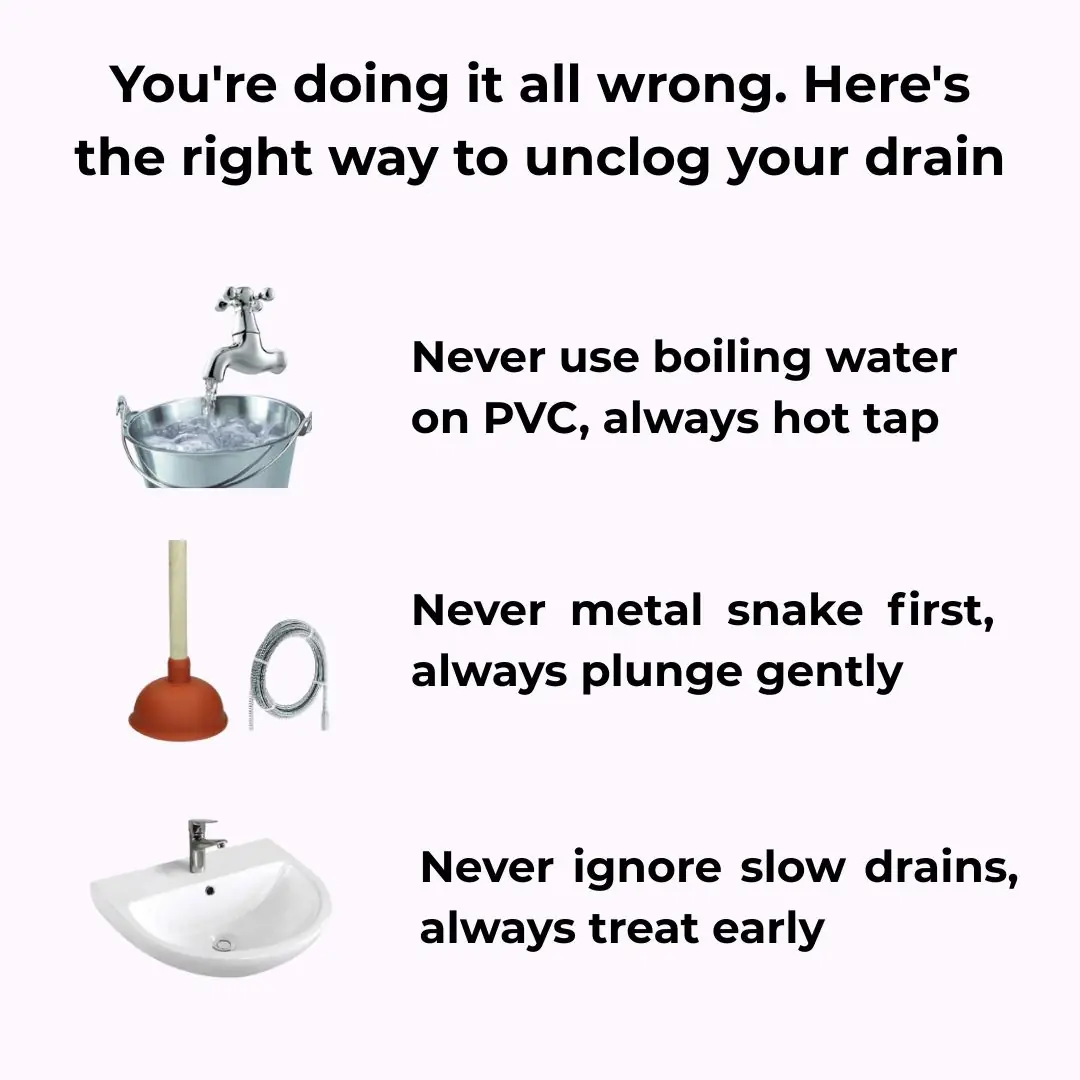
You are doing it all wrong. Here’s the right way to use your fireplace
Fireplaces often serve as the heart of a home, offering warmth, ambiance, and a cozy gathering space for family and friends. However, many homeowners unknowingly use their fireplaces incorrectly, which can lead to inefficiencies, increased safety risks, and even damage to the structure of the home. In this comprehensive guide, we’ll explore the most common mistakes people make with their fireplaces and provide detailed advice on how to use them properly, ensuring both safety and efficiency.
By learning the correct methods for operating your fireplace, you can maximize heat output, reduce smoke and pollutants, and enjoy a beautiful, safe fire all season long. From selecting the right firewood to proper chimney maintenance and fire-starting techniques, these steps will help you get the most out of your fireplace while minimizing hazards.
1. Choose Seasoned Wood, Not Green
A frequent mistake is burning green or unseasoned wood. Green wood contains high moisture—often over 50%—which leads to inefficient combustion, excessive smoke, and increased creosote buildup. Creosote is a highly flammable substance that accumulates in the chimney and poses a serious fire risk.
Seasoned wood, by contrast, has been dried for at least six months and typically has a moisture content below 20%. This produces a hotter, cleaner burn and significantly reduces creosote formation. When selecting firewood, look for logs that are grayish in color, have cracks at the ends, and sound hollow when knocked together—these are signs of well-seasoned wood.
2. Always Open the Damper While Burning
The damper controls airflow in your fireplace and ensures smoke is properly vented outside. A closed damper will trap smoke in your home, creating unpleasant odors and potentially hazardous conditions.
Always check that the damper is fully open before lighting your fire and periodically during burning to ensure it remains open. Close the damper only after the fire is completely out and the embers have cooled, which helps retain heat when the fireplace is not in use.
3. Use Kindling, Avoid Lighter Fluid
Although lighter fluid may seem convenient, it is unsafe for indoor fireplaces. It can cause sudden flare-ups and release toxic fumes. Instead, use dry kindling, tinder, or commercial fire starters to ignite your fire safely.
Arrange small sticks or rolled newspaper in a crisscross pattern under your logs to allow maximum airflow. Light the kindling in multiple spots to ensure an even burn before gradually adding larger logs. This method encourages a stable fire without dangerous chemicals.
4. Master the Art of Building a Fire
Stacking logs randomly is a common error. Proper fire-building technique ensures a longer-lasting, cleaner burn. Start with a base of crumpled newspaper or fire starters, add kindling in a teepee or grid pattern, and then place larger logs in a “log cabin” style—stacked in alternating layers to allow airflow.
Avoid overloading the fireplace; too many logs can smother the fire and reduce efficiency. Gradually add logs as the fire burns down to maintain a controlled flame.
5. Maintain Proper Airflow
Airflow is essential for an efficient, safe fire. Insufficient oxygen can cause excessive smoke, incomplete combustion, and hazardous conditions. Ensure space between logs to allow air to circulate.
If your home is tightly sealed, slightly opening a window near the fireplace can improve the draft and allow smoke to exit through the chimney rather than entering your living space. Good airflow also helps maintain a hotter, more efficient burn.
6. Regularly Clean Your Chimney
Creosote and soot build up over time, restricting airflow and increasing fire risk. Annual chimney inspections and cleanings by a professional are essential, and homes with frequent fireplace use may require more frequent maintenance.
Regular cleaning ensures safety, improves efficiency, and extends the life of your fireplace. Also, check for cracks or blockages that could impact the draft or allow dangerous gases to enter your home.
7. Never Vacuum Ashes—Use an Ash Shovel
Ashes can remain dangerously hot for several days. Never use a vacuum, which can ignite the ashes or be damaged. Use a metal shovel to remove ashes carefully into a metal container with a tight-fitting lid. Store it outdoors away from flammable materials until completely cooled. This simple step prevents accidental fires and protects your home.
8. Install a Fireplace Screen for Safety
A sturdy fireplace screen prevents sparks and embers from escaping into your living area, protecting both property and people. Choose a screen that fits securely, made of strong metal with a fine mesh. Always use it whenever the fireplace is in operation, and replace it if it becomes damaged or warped.
9. Understand Your Fireplace’s Draft
The draft refers to the airflow through the chimney, essential for moving smoke outside. Poor draft can cause smoke to back up into the room, creating a hazardous and unpleasant environment.
Factors affecting draft include chimney height, outside temperature, wind direction, and air pressure inside your home. If you notice draft issues, a professional can help assess your chimney and recommend solutions such as installing a chimney cap, adjusting height, or adding an external fan.
10. Use a Fireplace Grate for Efficiency
A grate elevates logs off the hearth, improving airflow and combustion. Without a grate, logs sit directly on the fireplace floor, limiting oxygen and reducing heat output.
Choose a durable grate made of steel or cast iron, sized appropriately for your fireplace. Proper use of a grate promotes a cleaner, more consistent fire and prevents logs from burning unevenly.
11. Monitor Carbon Monoxide Levels
Carbon monoxide (CO) is a colorless, odorless gas that can be deadly if it accumulates indoors. Poor ventilation or blockages in the chimney can allow CO to enter your home.
Install CO detectors on every level of your house, especially near sleeping areas, and test them regularly. If a detector indicates elevated CO, evacuate immediately and contact emergency services. Regular maintenance of your fireplace and chimney, along with proper ventilation, is key to preventing CO buildup.
12. Consider Additional Safety Measures
Beyond the basics, consider having a fire extinguisher nearby and teaching all household members proper fireplace safety. Keep combustible materials—like rugs, curtains, and furniture—well away from the hearth. Installing a chimney cap can prevent debris, animals, or rain from entering the chimney, further reducing risk.
By following these steps, you can enjoy the warmth, ambiance, and charm of your fireplace safely and efficiently. Proper firewood selection, airflow management, chimney maintenance, and safety precautions make all the difference between a pleasant fire and a potentially dangerous situation. With careful attention, your fireplace can remain the cozy, inviting centerpiece of your home for years to come.
News in the same category


Mistake when washing grapes with salt and baking soda: This method only removes insect eggs, and the skin is still edible

Boiling chicken with plain water is outdated: 2 ways to cook chicken without water that make it delicious, tender, and preserve its nutrients

A type of vegetable destroys more than 90% of cancer cells within 48 hours, yet Vietnamese people mistake it for a wild plant growing all over the streets.

A plant with a distinctive aroma: Both a spice and a 'miracle' for health

Bare pork through boiling water, thought clean but soaked in more dirt: This is the most correct thing

A week after applying this method, cockroaches, ants, and mosquitoes no longer appeared in my house.

🚽 How to Unclog a Toilet Without Using a Plunger – 5 Smart, No-Mess Hacks That Actually Work

Most people will never know
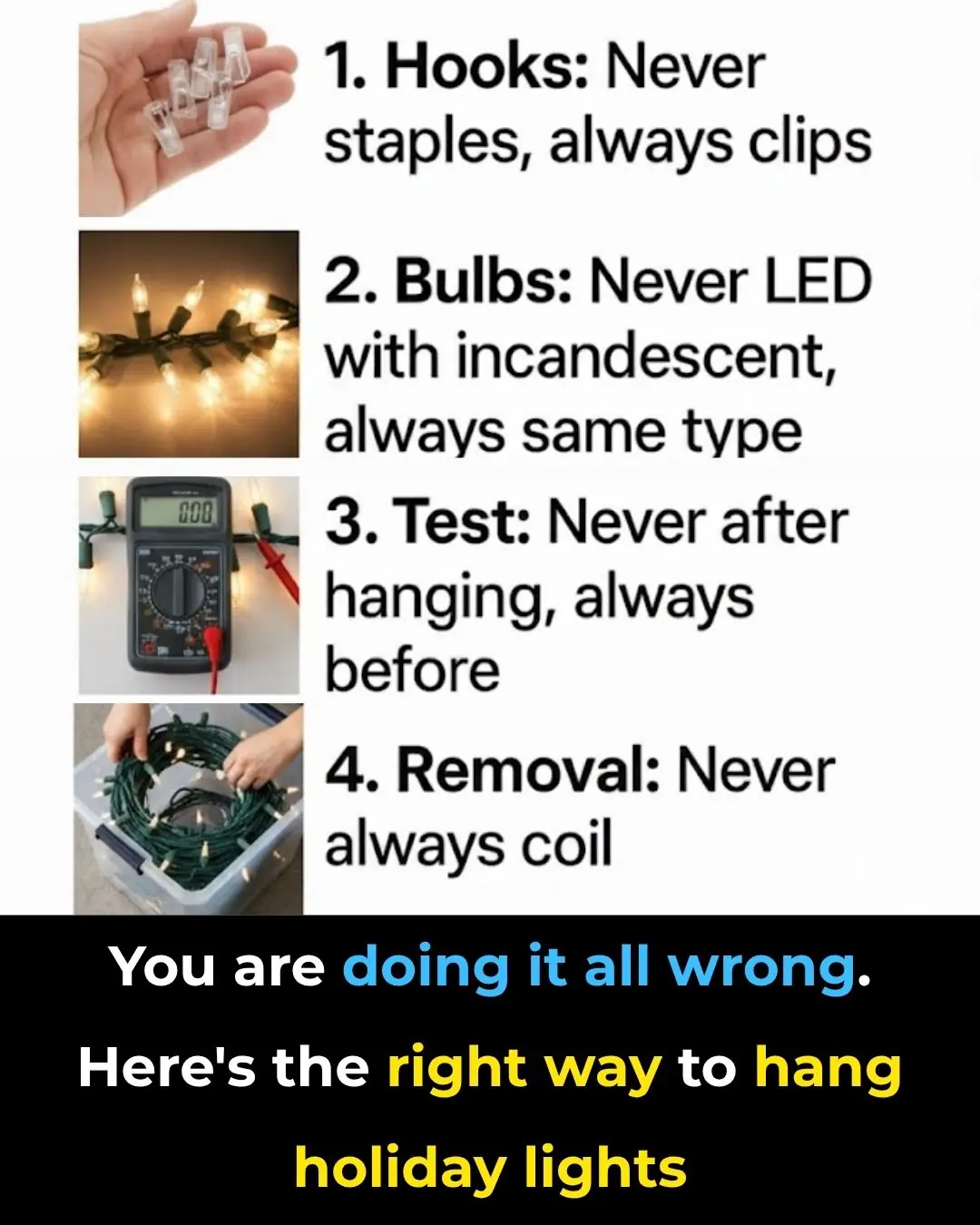
You are doing it all wrong. Here’s the right way to hang holiday lights

Most people have no clue
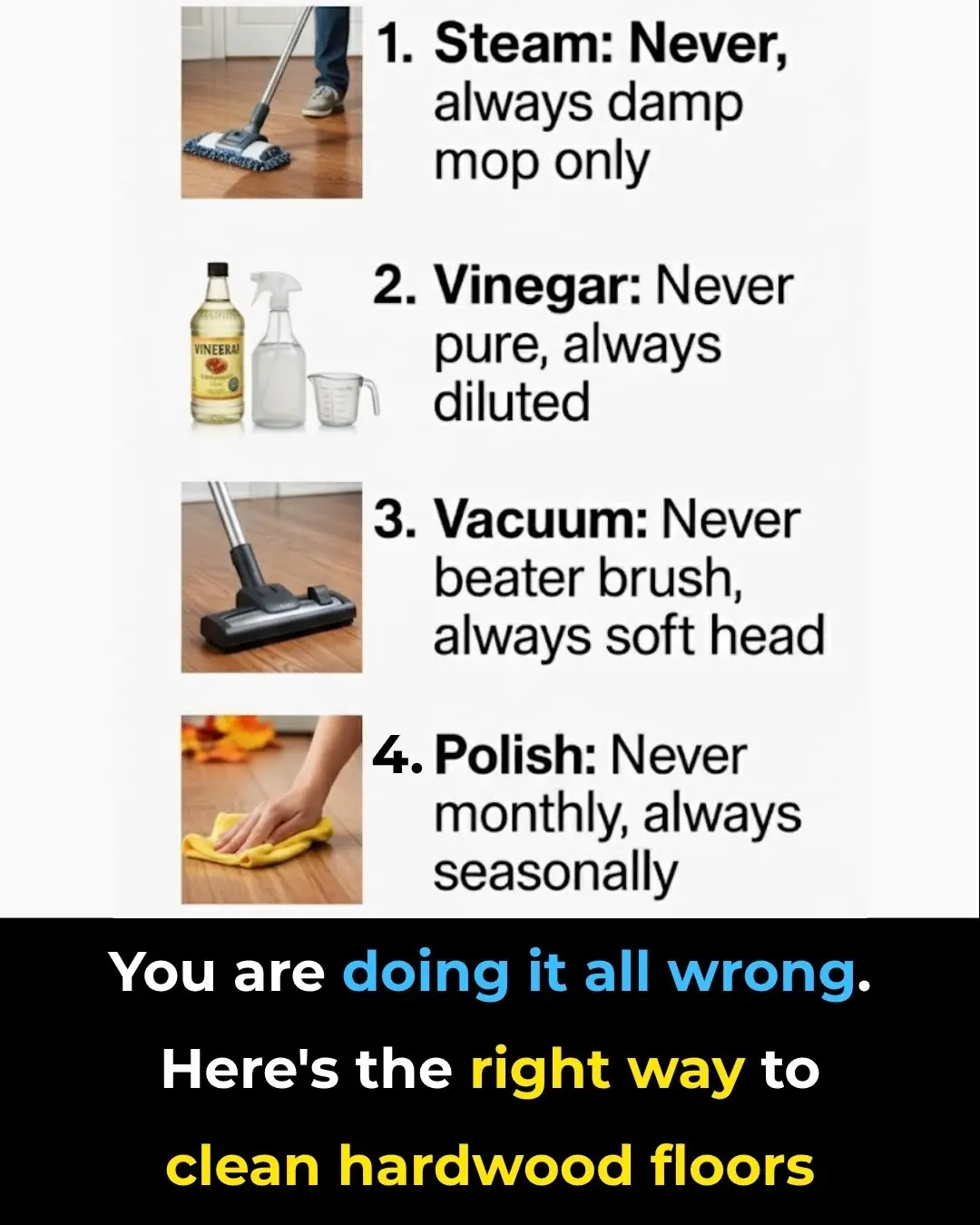
You are doing it all wrong. Here’s the right way to clean hardwood floors
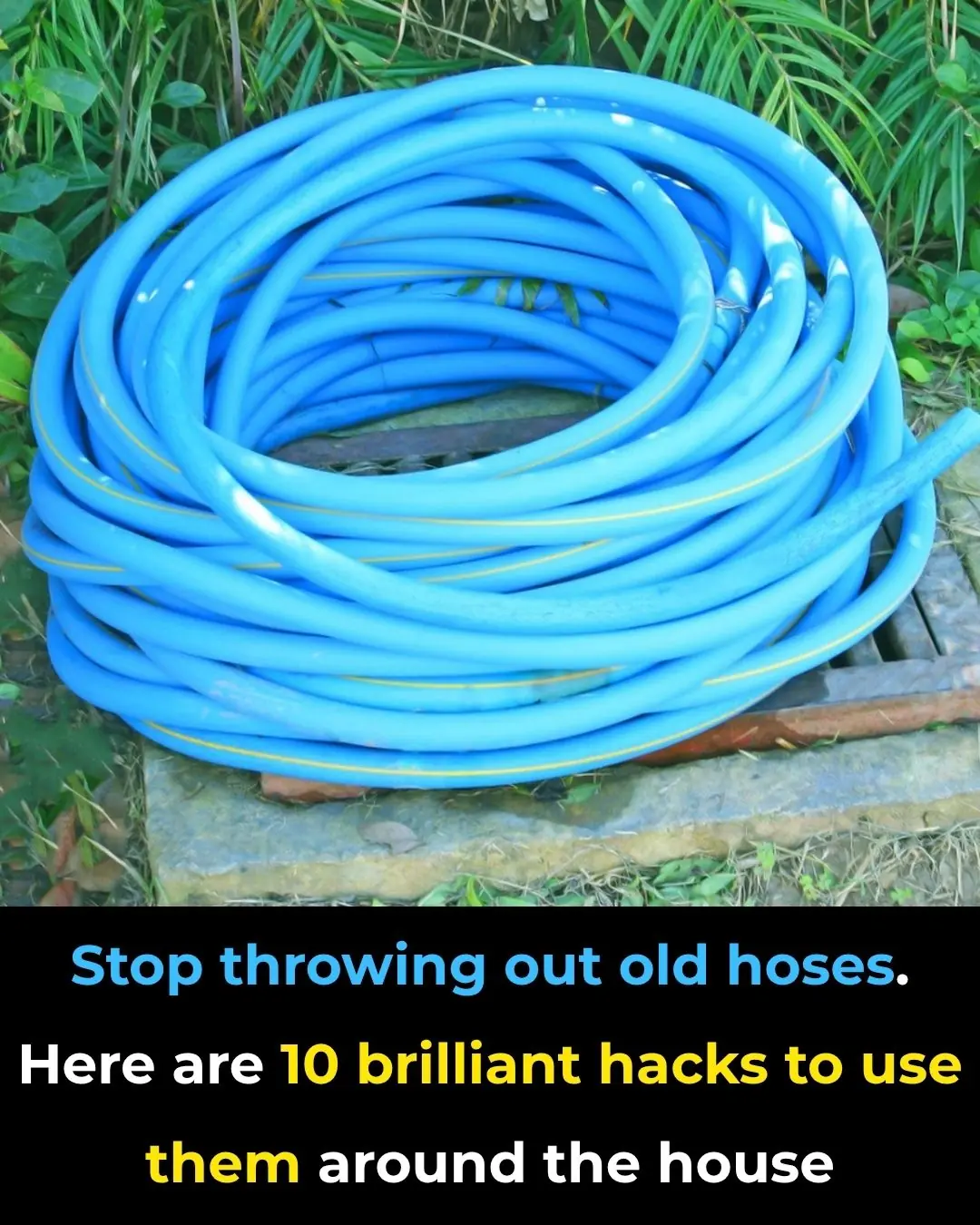
Stop throwing out old hoses. Here are 10 brilliant hacks to use them around the house
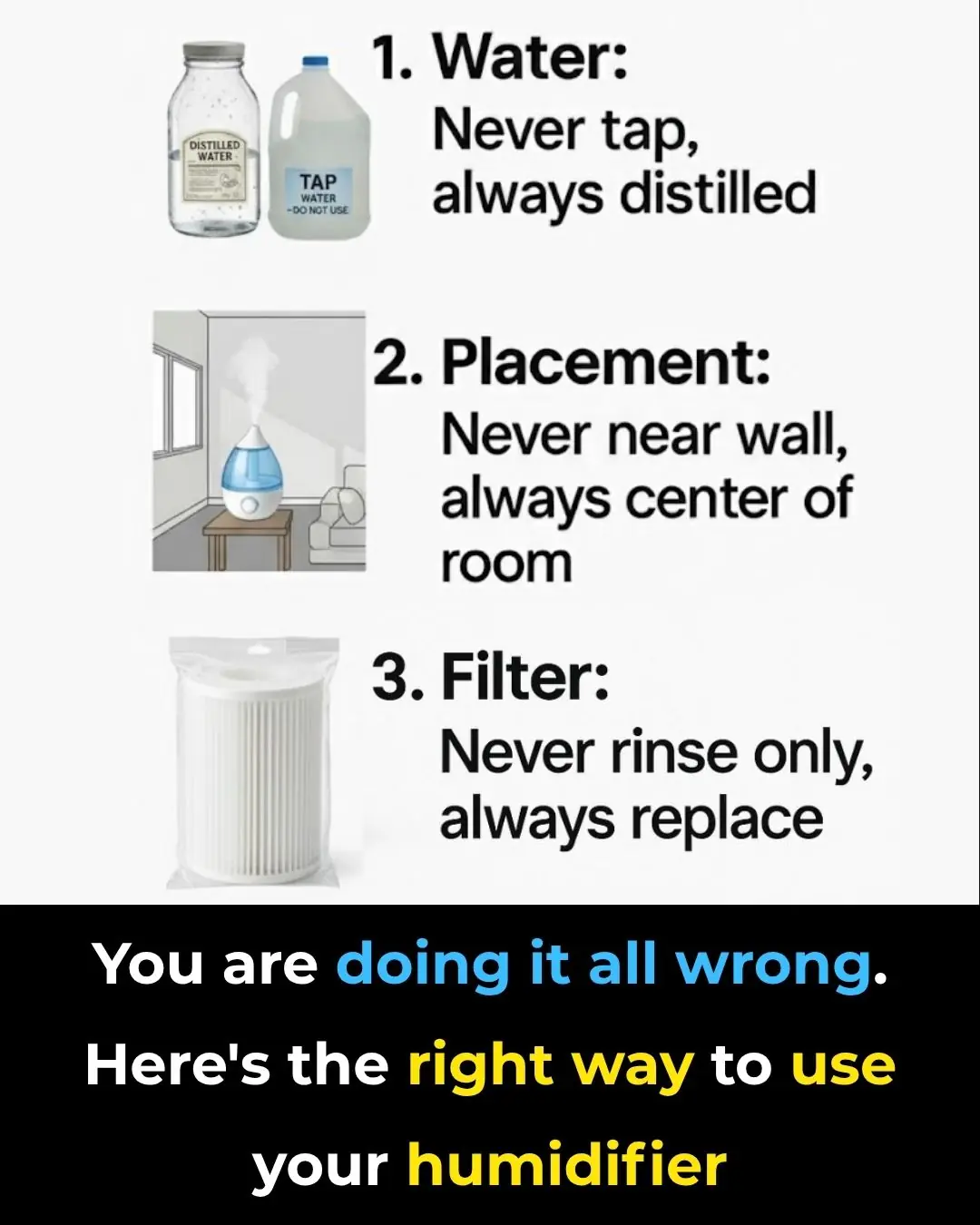
You are doing it all wrong. Here’s the right way to use your humidifier
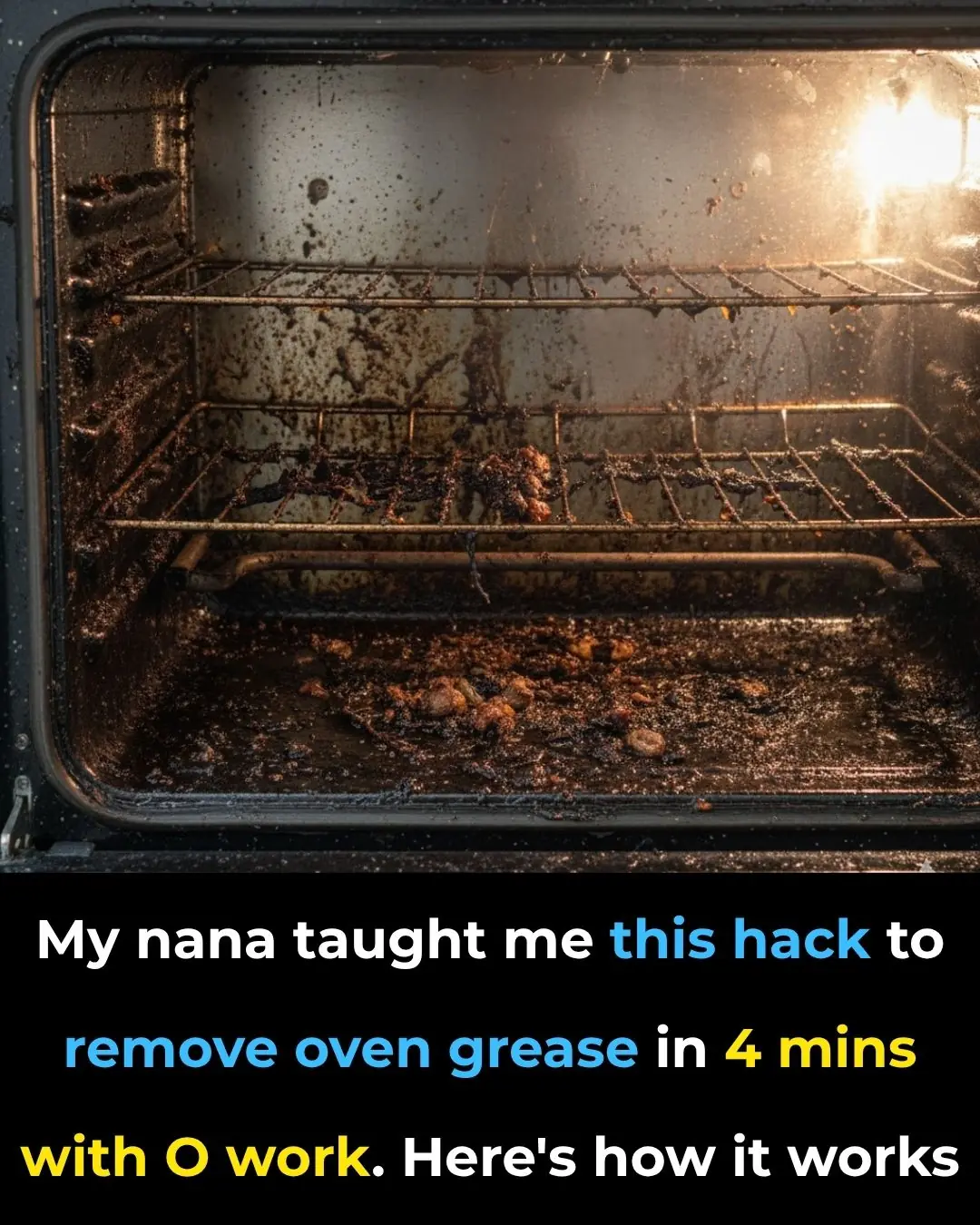
My nana taught me this hack to remove oven grease in 4 mins with 0 work. Here’s how it works

Here are 3 simple ways to keep your house free of mice.

After eating grapefruit, don't throw away the peel because it has more uses than you think, not only does it help increase health but it's also good for feng shui.
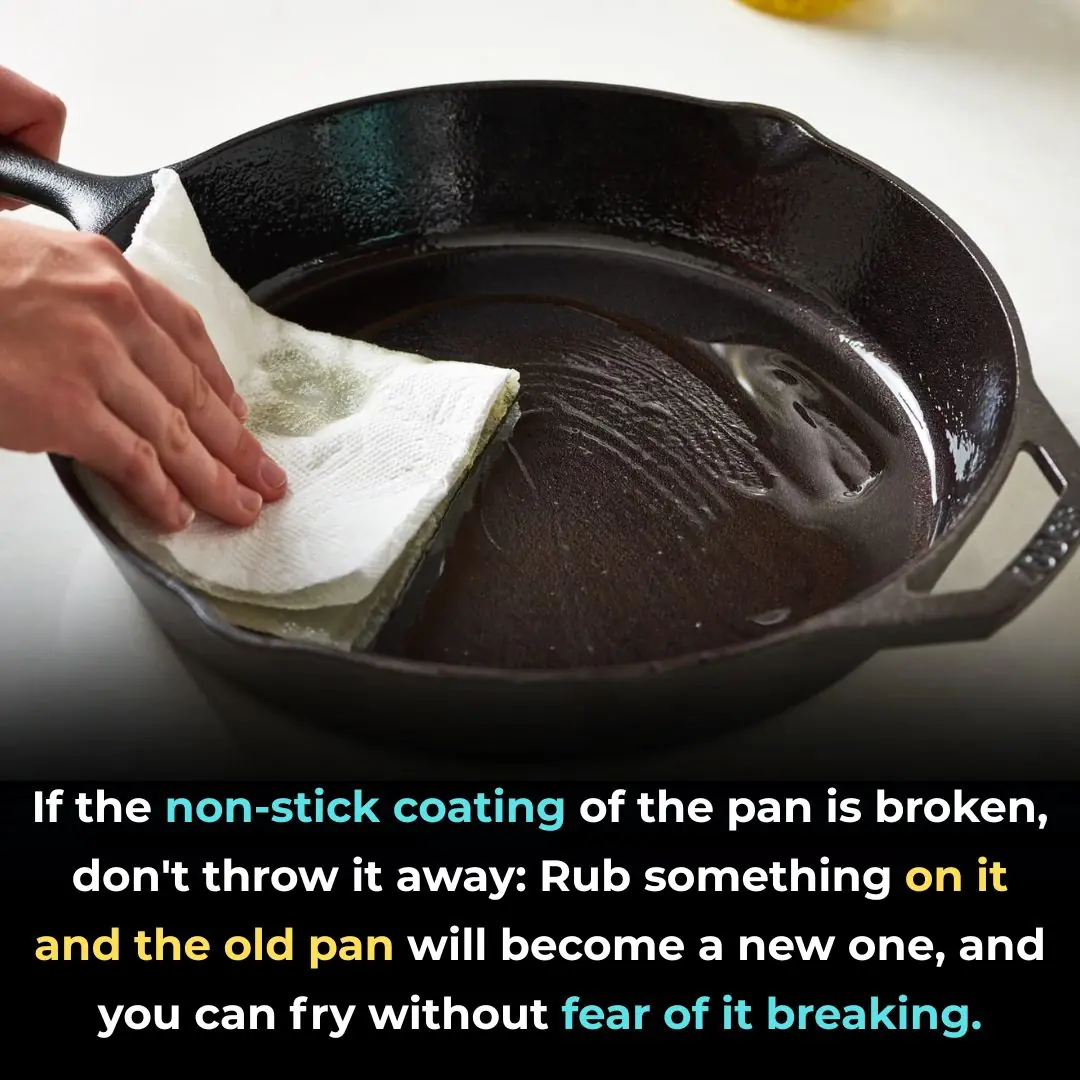
If the non-stick coating of the pan is broken, don't throw it away: Rub something on it and the old pan will become a new one, and you can fry without fear of it breaking.
News Post

You’re doing it all wrong. Here’s the right way to unclog your drain

Detroit Man Went From Quitting His Job To Buying A Building For His Car Detailing Business After It Went Viral On TikTok

Thyme Essential Oil Shows Signs of Killing Lung, Oral and Ovarian Cancer

A Boy, A Bullet, and the Friend Who Saved Him

How to cleanse your kidneys using this natural, home made drink

A Heart of Gold: 5-Year-Old Danya Dudin’s Toy Drive Brings Joy to Kids with Cancer

The Little Run Toward Love: When a Baby Alpaca Taught the World What Affection Looks Like.

Science backs it up: 3 fruits that fight liver fat, regulate sugar and cholesterol

When the World Felt Heavy, He Knocked: The Quiet Friendship of Sandra Bullock and Keanu Reeves.

A Mother’s Unbearable Journey: Little Jimmie’s Fight Against Cancer

Two Battles, One Family: A Firefighter’s Courage and a Premature Baby’s Fight for Life

The Bear Who Rode Beside Her.

People whose mouths feel dry when sleeping at night need to know these 8 reasons

Ginger, Watermelon, and Beetroot Juice: 15-Day Natural Kidney Cleanse

A Mother’s Heart Knows No Boundaries.

The Man Who Wouldn’t Let Go.

The Night the Sky Fell on Necker Island.

Scientists explain shocking reality of what your brain sees right before you die

The Home You Carry With You.
